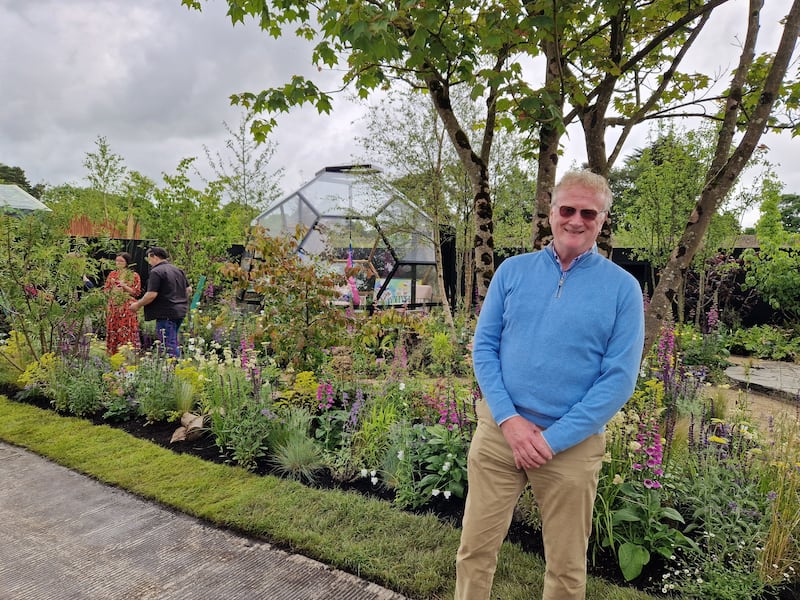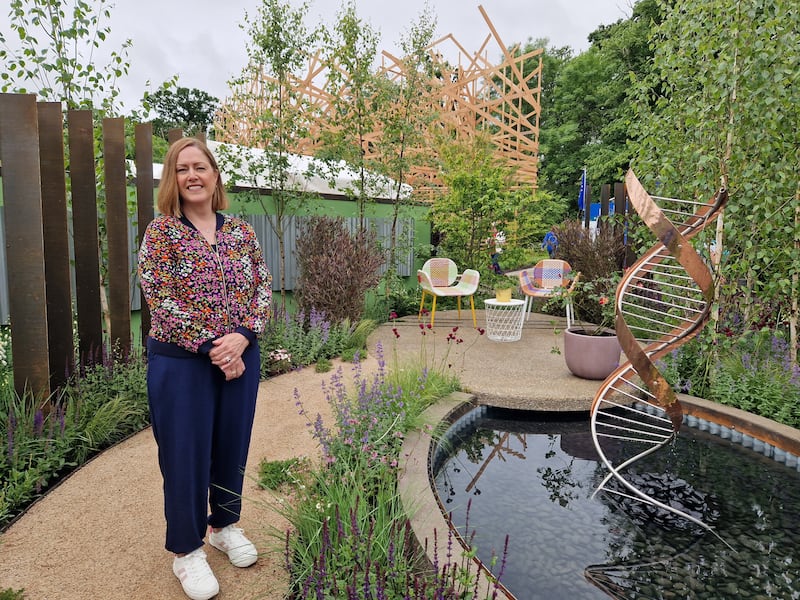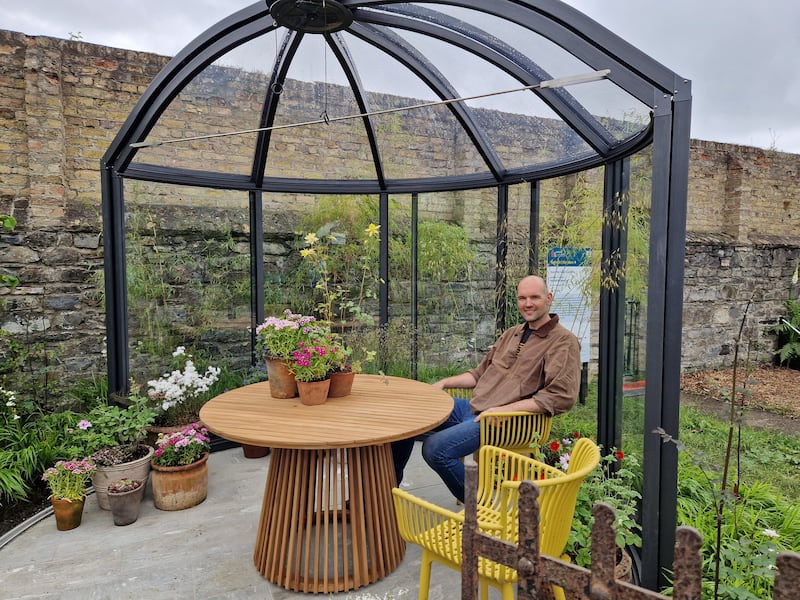Garden designers, promoters, and even Irish girl group B*Witched were on-site at the Bloom festival in Dublin’s Phoenix Park on Wednesday as organisers prepared to welcome 100,000 visitors to what is Ireland’s biggest gardening event over the coming five days.
The festival, which is in its 18th year, opens its doors to the public on Thursday. It features 22 small, medium and large show gardens and feature gardens that reflect colourful examples of the most recent trends and advancements in garden design.
It also features 100 food and drink companies, while there will be 200 live talks, demonstrations, and musical performances.
At the Coming Home to Nature garden, designer Nicola Haines said it is linked to new guidance that Fingal County Council is giving developers, and demonstrates how biodiversity can be incorporated into new housing estates.
READ MORE

“The garden is based around how you manage rainwater and run-off,” she said. “We’ve got turf rooves, which absorb rainwater, and then we’ve got water coming down the pipes into a rainwater plant, down into a rain garden and a wetland.
“Water brings wildlife, insects and birds. You just build it and they come. There are huge benefits to people and wildlife in implementing some of these areas. We hope people get a sense of being kind of submerged in the spaces.”
Over at the Together We Grow garden, designer Robert Moore explained it was put together for Tusla to encourage and raise awareness around foster care.
“You can see we have a pathway that kind of meanders through the garden,” he said.
“We created a narrative of the journey of fostering in Ireland. We liaised closely with foster groups and kids to tease out the emotion in the story and see how we could apply it.
“There is a dark backdrop and a lot of rusty steel, so there is a kind of moody balance of materials, which represent the challenges that people face along the journey of fostering. But you can see the vibrancy and the lightness in the planting, which is the hope and love.”
At the garden is Seán Walsh who has become an approved foster carer since coming across Tusla at last year’s Bloom.

“My partner Clinton and I moved back to Ireland after many decades away about two years ago,” he said. “We were sitting in our house talking about how good our life was, and how good we have it, and wouldn’t it be nice share that with children.
“The idea of fostering came up. Nothing happened, but then my sister took me to Bloom as a birthday present. We came along and saw Tusla. We approached the stand and the next thing I was on training courses and having assessment from social workers.
“When I left Ireland in the 1980s, I never thought it would be possible for a gay man to open up and have children in his house. Suddenly here I am with my partner, at over 60-years-of-age, back in beautiful Ireland with a total change of attitude.”
Nearby is the Highlighting Hereditary Cancer garden, which was designed by Linda McKeown for the Brave campaign, which is hosted by the St James’s Hospital Foundation and provides funding for cancer services and research.
“Gardens are great healing spaces and calm sanctuaries,” said Ms McKeown. “The garden is designed with a central area that you can walk into and feel enclosed with the planting.
“The upright fins represent guidance and support for service users along their journey. There is also a double helix structure to represent DNA, and there are beautiful medicinal plants in the garden.”

At the garden was Róisín Prizeman who carries a mutation that means her risk of getting breast cancer is about 80 per cent, while her risk of getting ovarian cancer is about 60 per cent. “Those odds are not great,” she said.
“I have a large number of family members who have passed away from cancer, but I was lucky because I have the knowledge that I have this mutation and I can make informed decisions.
“I have been on a long journey with St James’. I’ve had a bilateral mastectomy, a breast reconstruction, and a lot of risk-reducing surgeries. I’ve had amazing care at St James’.
“We really need to see the services properly funded and resourced.”

Around the corner is the Sun Harness Garden by Hendrik Lepel, who explained it is about microclimates to capture the sun’s energy.
“We have a dry stone wall, which can store the heat and slowly release it during the night, which is beneficial for plant growth,” he said.
“Then we have a suntrap with a higher canopy on the north side that then slopes down to the west and east flanks, and the sun stays in that trap. The third element is a rotating glass pavilion, which you can step into and you can straight away feel the different climate.”
- Sign up for push alerts and have the best news, analysis and comment delivered directly to your phone
- Join The Irish Times on WhatsApp and stay up to date
- Listen to our Inside Politics podcast for the best political chat and analysis








